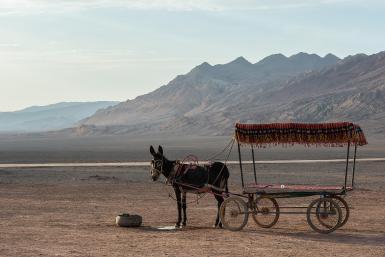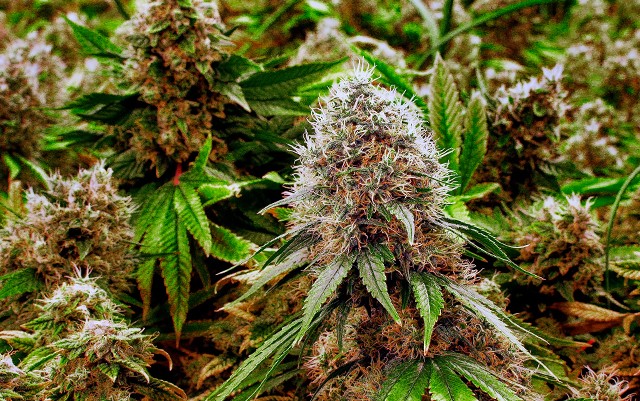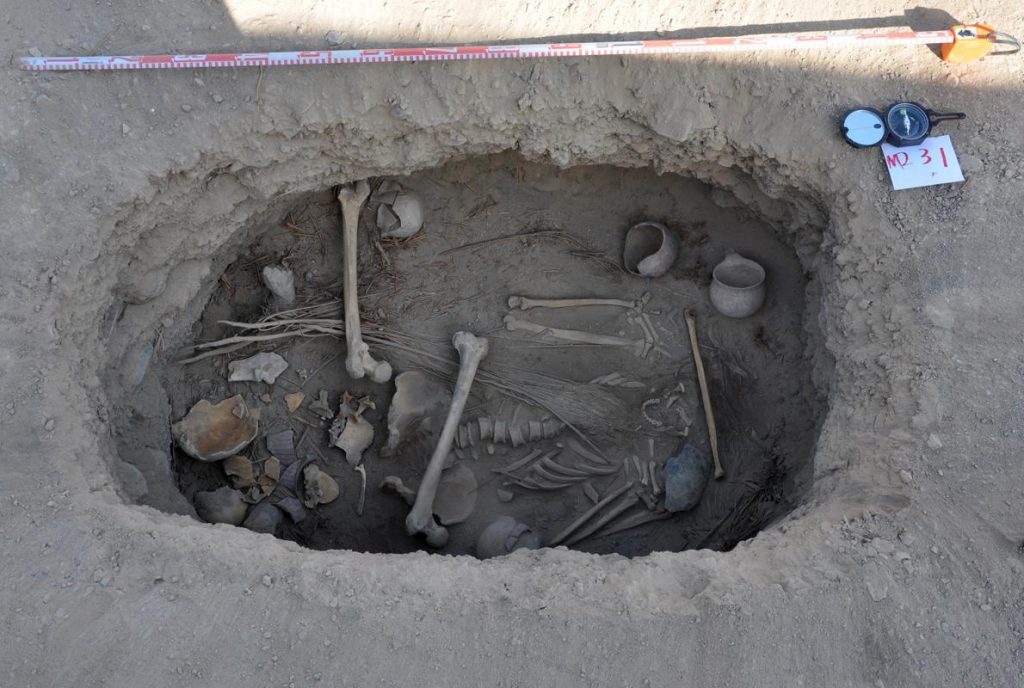TURPAN BASIN, CHINA – Archaeologists are calling it an “extraordinary cache”. They’ve found the body of an ancient man wrapped in cannabis in northwest China.
The report was published in Economic Botany. It details the discovery of the ancient burial of an adult man in China’s Turpan Basin. He had been buried on a wooden bed, his head resting comfortably, as if for sleep, on a pillow made of reeds. The unique part of the find? The man had been buried with thirteen separate cannabis plants.
Each of the plants were three feet long, and placed across the man’s chest, the roots pointing down toward his pelvis and the flowers nestled beneath his chin. Some of the tops extended up the left side of his face. It’s unclear right now as to the meaning of the positioning of the plants, but it does seem to have some significance.

PHOTO: about.com
The find is one of 240 graves in the Jiayi cemetery in Turpan. According to radiocarbon dating, the tomb is about 2,800 years old. It belongs to the Subeixi culture, a culture that flourished in the Eurasian steppe about 3,000 years ago. They were the first permanent residents of the Turpan basin. The Subeixi herded sheep and goats, and eventually began to grow bread wheat, millet, barely, and, you guessed it…cannabis.
The discovery of a burial that involves cannabis isn’t unusual in the Eurasian steppe. In fact, another find was made ten years ago that held two pounds of cannabis seeds and leaves. However, this is the first time researchers have ever found an instance where cannabis has been used as a ceremonial shroud in a burial. It’s a find that’s proving to give us valuable insight into the use of cannabis as a ritual and recreational drug in the Eurasian steppe 3,000 years ago.
A Ritual Drug

PHOTO: marijuanatimes.org
Why would a 35-year-old man be enshrouded in weed? Well, that’s a question researchers are trying answer. Cannabis has a history of being prized in the Eurasian steppe for its psychoactive qualities.
Some researchers have posed the theory that cannabis was also used to make hemp cloth, but so far, no hemp textiles have ever been recovered in Turpan burials. There’s also the theory that hemp seeds were used as a food source, but the seeds found at the Jiayi burial are too small to be used for food.
The most likely theory concerning the use of cannabis like the variety found at the Jiayi burial states that marijuana was grown and harvested for the flower, which secrets a psychoactive resin, which could have been inhaled or turned into a drink and used in rituals or as a medicine.
Many researchers believe that cannabis was used in this area as a powerful psychoactive drug in shamanic healing rituals, including complex procedures, such as brain surgery.
The plants found at the Jiayi burial were placed flush to the body, lying flat. Researchers believe it was probably fresh at the time of burial, and so had been locally grown and harvested specifically for this burial.
Not much is known about why the body would have been wrapped in cannabis prior to burial. Perhaps the man had been a powerful shaman who used cannabis in his rituals and so his community had buried him with a supply for the afterlife. Or, perhaps he died of a disease and the hope was the cannabis would somehow help him in his journey to the afterlife. Right now, it’s too early to tell.
For now, the reason the man is buried enshrouded in marijuana remains a mystery, but it does shed some light on just how important marijuana was to the ancient cultures of the Eurasian steppe.


